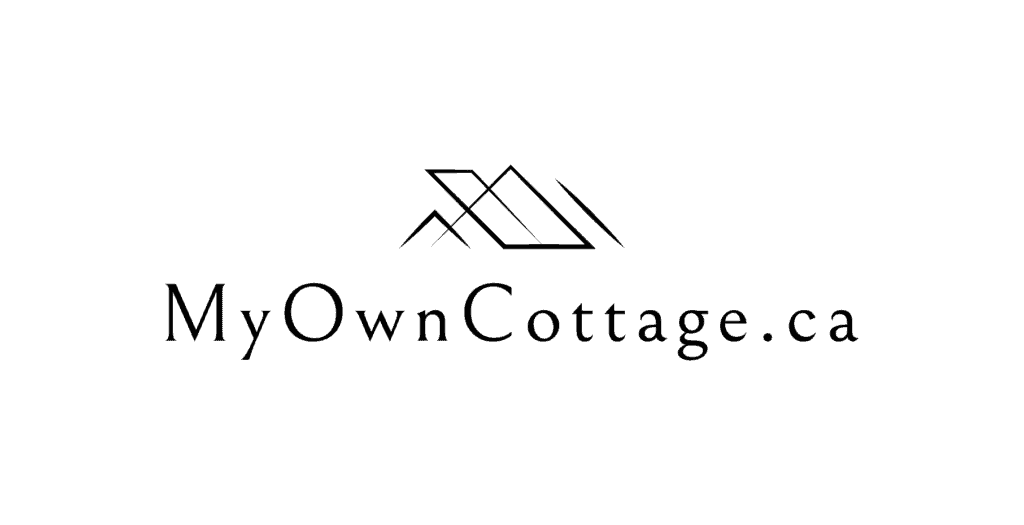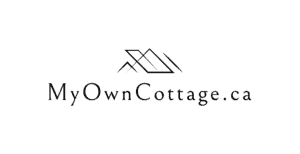FAQ
FAQs about Building Regulations and Permit for Two-Bedroom House Plans
Unpermitted structures may be subject to fines, removal, or legal action.
Regulations vary by jurisdiction, but many require an egress window and closet space.
Yes, most municipalities require a permit for outdoor living spaces and garage expansions.

